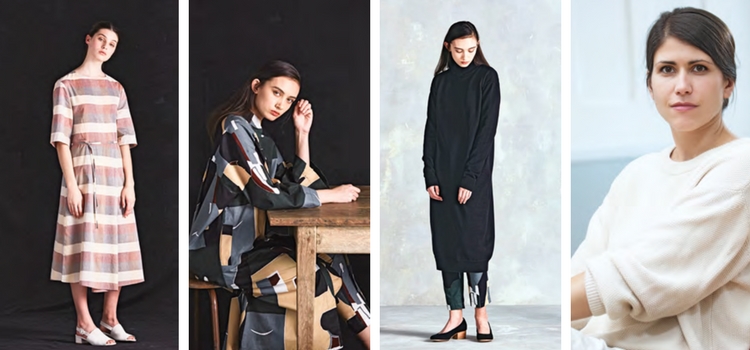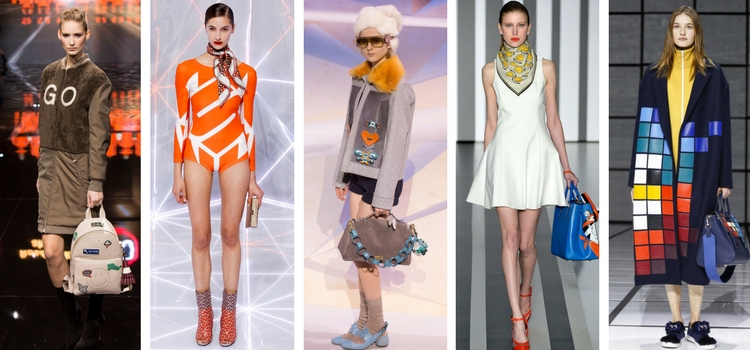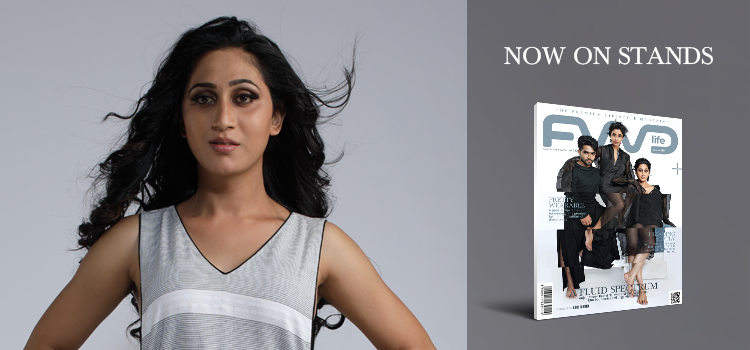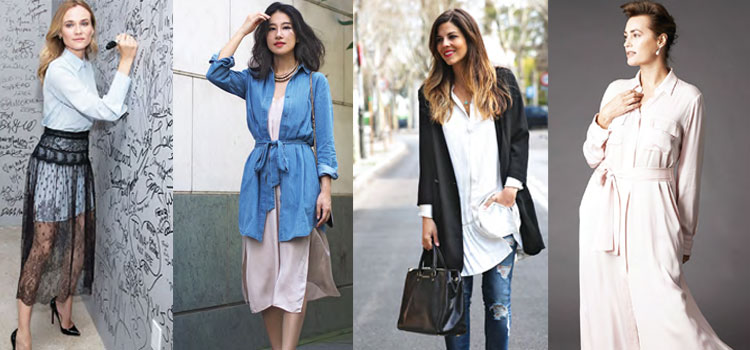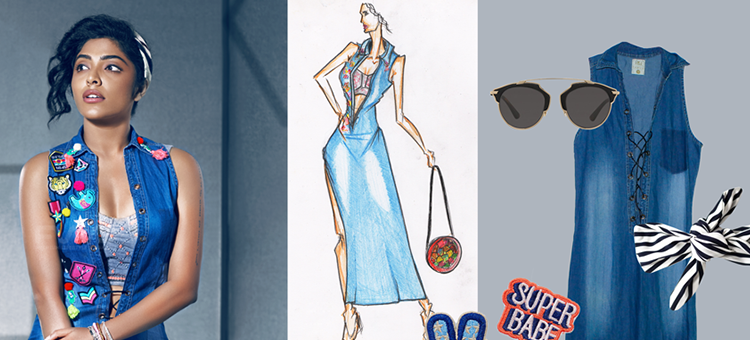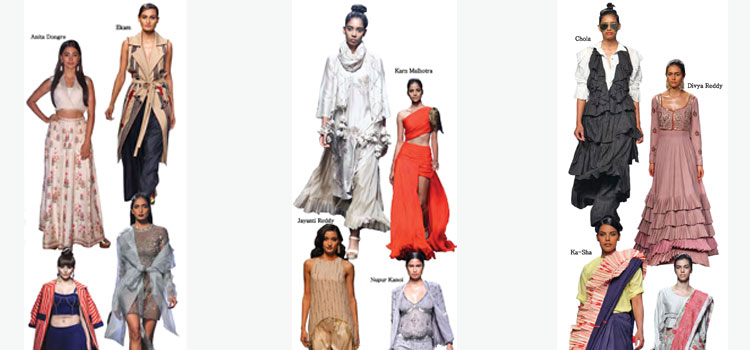Fashion
When Fashion Meets Sustainability
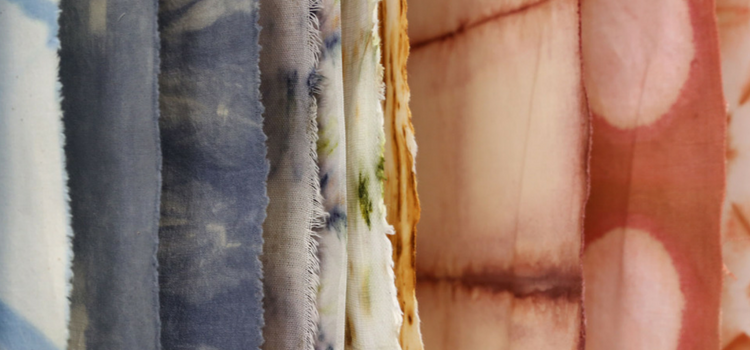
Sustainable fashion is the latest fad and all the huge designers are following it around the world
The fashion weeks of the season have come to an end and they’ve been analysed and dissected no end. But, the world is moving towards sustainability and the fashion industry is no different. What had been peripheral attempts at adopting sustainable practices are now on the way to becoming the standard. Not all designers and fashion houses have been open to incorporating sustainability into their product pipeline, but there are a considerable few, with enough clout, who have voluntarily embraced sustainable fashion.
In the limelight
Sustainability has become a byword in world arenas, but especially at the national level. The New York Fashion Week featured Organic by John Patrick, and Rodarte, both sustainable labels. At London, the International Fashion Showcase Best Country Award went to the Indian contingent, calling themselves the Pastoralists, who showcased collections inspired by different tribes in India. They too were sustainable. At Paris, Stella McCartney unveiled her new utilitarian workwear collection for women, rich in faux-leather accents, also sustainable.
Ideally, a label that practices sustainable fashion should use organic raw materials, the production and procurement of which should cause minimal harm to the environment. From fibre to yarn to fabric to garment, there should be a minimal carbon footprint. Plus, there should be as little wastage as possible, with recycling and upcycling as guiding principles.
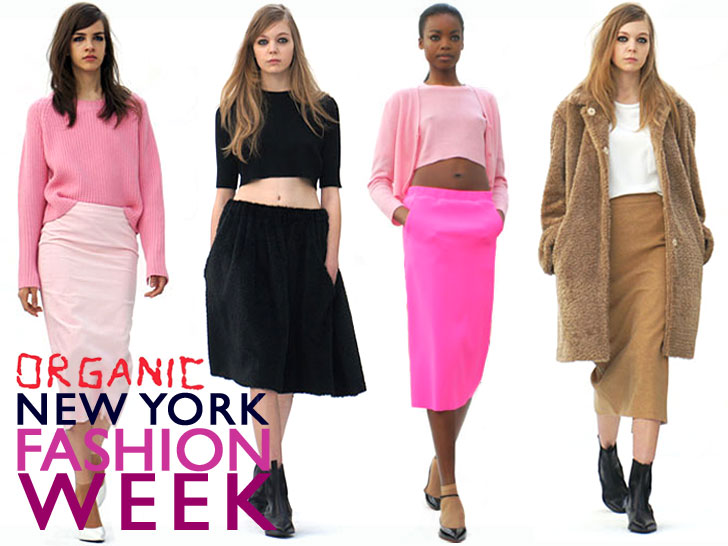
A sustainable principle
Sustainable fashion doesn’t just concern the clothes. The labour involved in the creation of any garment, throughout its product pipeline, should be rightly compensated. Proper working conditions must be provided to employees. Labels, even sustainable ones, find it hard to adhere to all these requirements. Even Stella McCartney, the name when it comes to sustainable fashion, recently acknowledged that her womenswear is only 53% sustainable. In any company, especially when it comes to big, established labels, profit margins are taken into account, and cost-cutting is a given.
The demands of the fast fashion trend also have to be met. Clothes are used and discarded with the seasons if not after a single use, workers are exploited in developing and underdeveloped states where production has been outsourced, dyes and effluents cause rivers to run red (or whichever colour is in trend) and the tonnes of waste generated by this industry gather into mountains, synthetic and non-biodegradable.
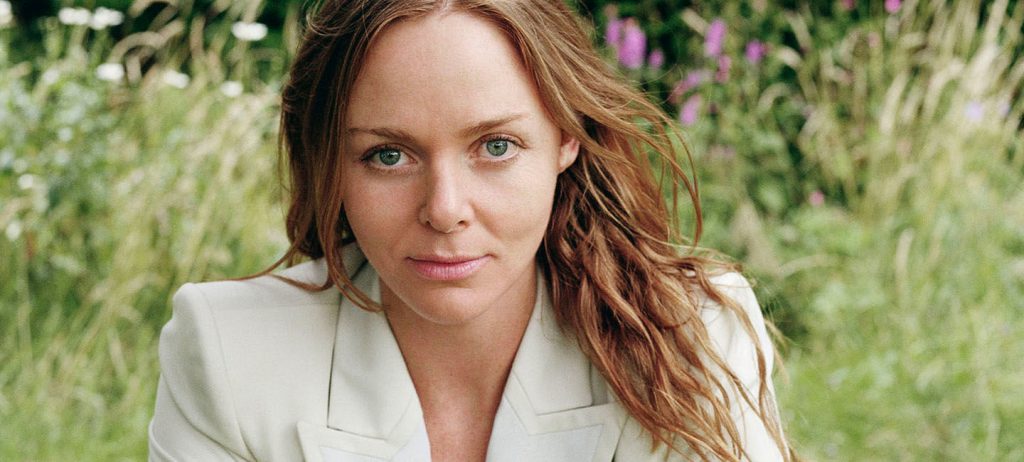
Making a mark
While established labels and fashion houses might be finding it difficult to jump onto the sustainability bandwagon, younger designers seem more eager and willing to adopt sustainable practices. The Amazon Fashion Week opened with a collection that featured garments woven using natural fibres by The Handloom School. Day 2 of the Lakmé Fashion Week was dedicated to “Sustainable Fashion and Textile”, and featured labels like Sanjukta Dutta, Sailesh Singhania, Péro, Abraham & Thakore, Padmaja Krishnan, Indigene and Naushad Ali. Clearly, sustainability is a much more established trend in Indian fashion and leads one to the theory that nations with indigenous methods of weaving, like the Indian handloom might have a greater inclination toward sustainability.
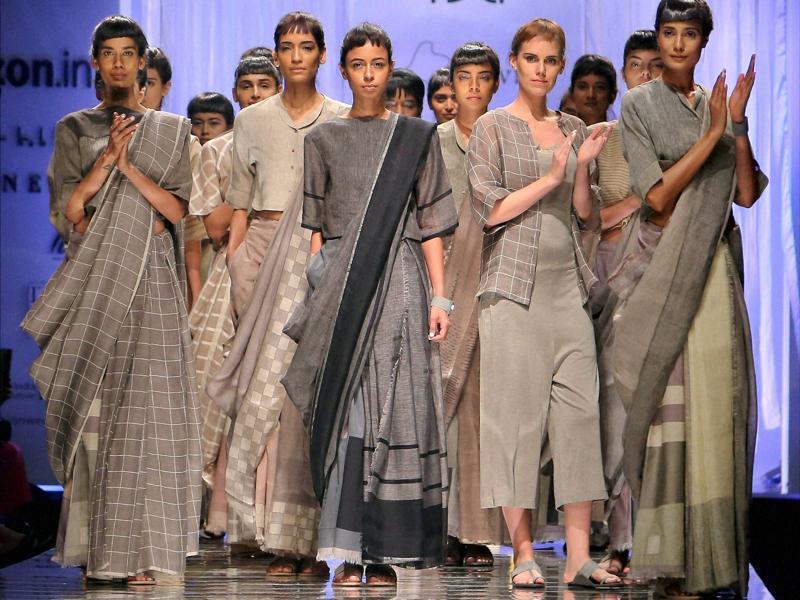
In your hands
Wiser choices have to be made regarding the garments and labels you encourage. One might assume that just because a designer label uses natural fibres, it is sustainable. It isn’t unless they are organic natural fibres, grown without the use of earth-harming chemicals. Apart from aiming for zero waste production, labels have begun to use archival fabrics and recycled textiles in new collections. There is a lesser carbon footprint while promoting local labels, as transportation is reduced and there are also greater chances for fair trade if local artisans aren’t made desperate for work.
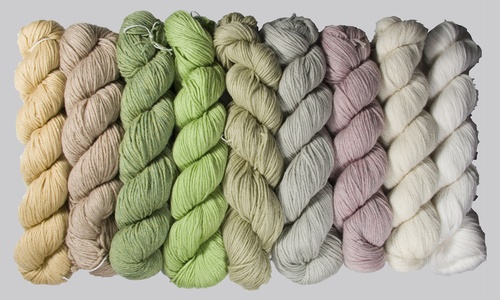
Fashion has always been known for mesmerizing onlookers but it is also notorious for its lack of concern for individuals and the environment. However, if one considers the range of sectors that are involved with the fashion industry, one is struck by possibility that this industry can very well spearhead massive change when it comes to sustainable practices.
Digital version : https://goo.gl/HGTOLN
Fashion
Bridal Guide: Top Bridal Fashion Trends of 2025
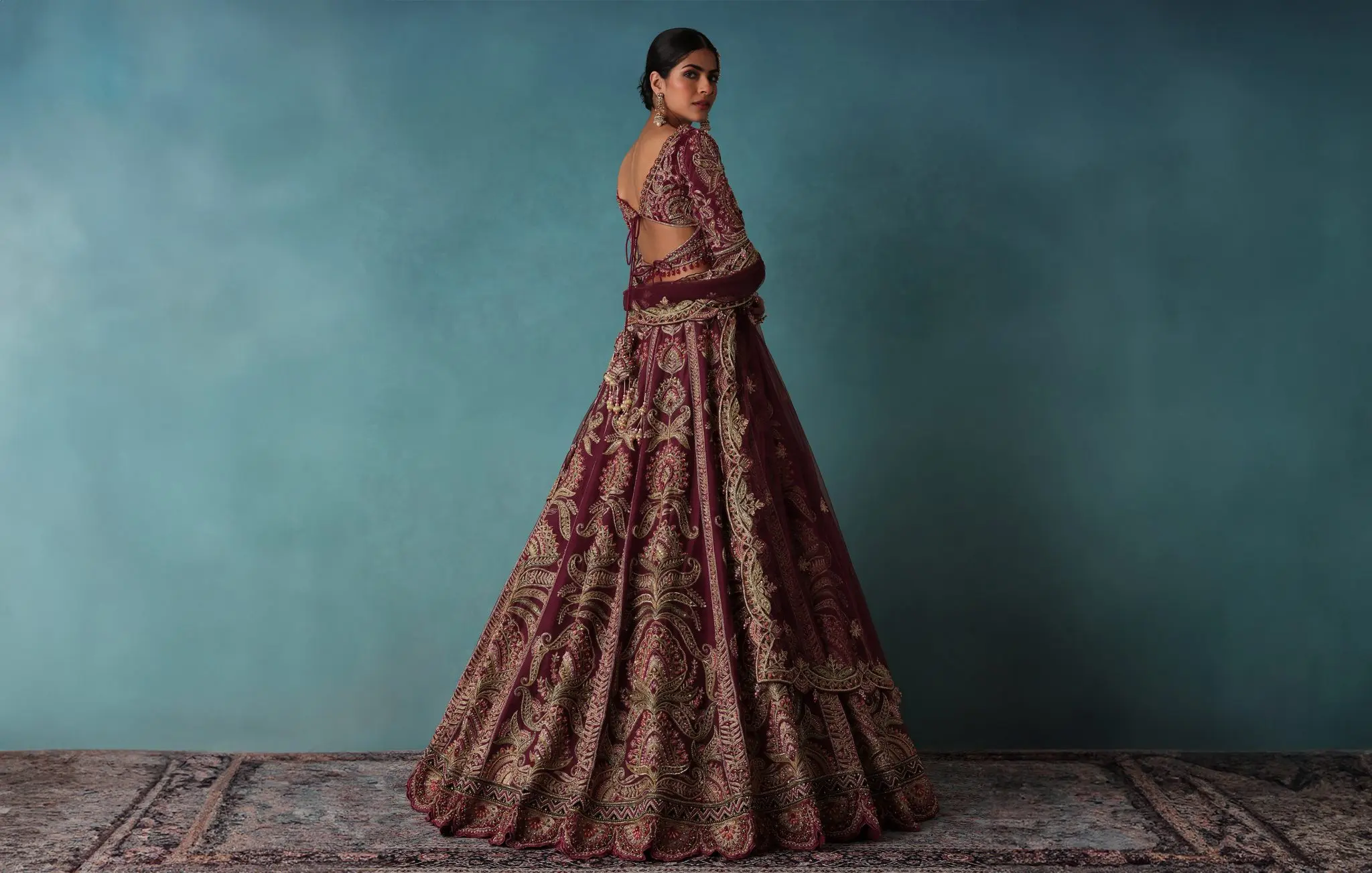
Bridal fashion in 2025 is all about redefining tradition with a touch of modern flair. Whether you’re planning your big day or just love bridal style, here’s a quick look at this year’s top trends.
1. Modern Lehengas
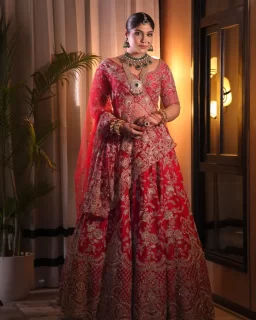
Traditional lehengas get a fresh upgrade with 3D florals, bold shades like mauve and emerald, and rich fabrics like velvet. Expect classic silhouettes with unexpected color and texture combos.
2. Satin Minimalism

Sleek satin gowns are in. With clean lines, off-shoulder cuts, and subtle details, they radiate elegance for brides who prefer understated glam.
3. Sarees, Reinvented
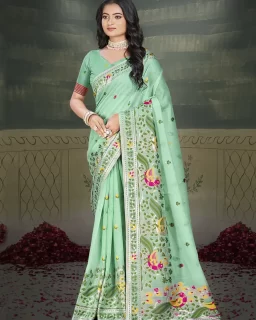
Think tulle, organza, ruffles, and structured blouses. The timeless saree is going experimental — and it’s stunning.
4. Sustainable Bridal Wear
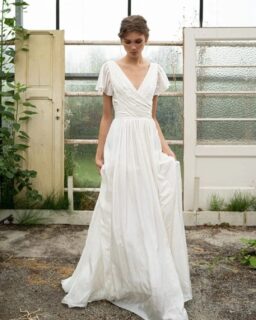
Eco-friendly fabrics, recycled embellishments, and upcycled jewelry are gaining traction, combining beauty with conscience.
5. Vibrant Color Palettes

Brides are ditching reds for lavender, emerald, and blush tones. Layered hues bring personality and vibrancy to the aisle.
Bridal Style, Reimagined
2025 bridal fashion is bold, elegant, and deeply personal. Whether you’re leaning classic or contemporary, this year is all about owning your bridal moment — your way.
Fashion
The Year of Statement Hat
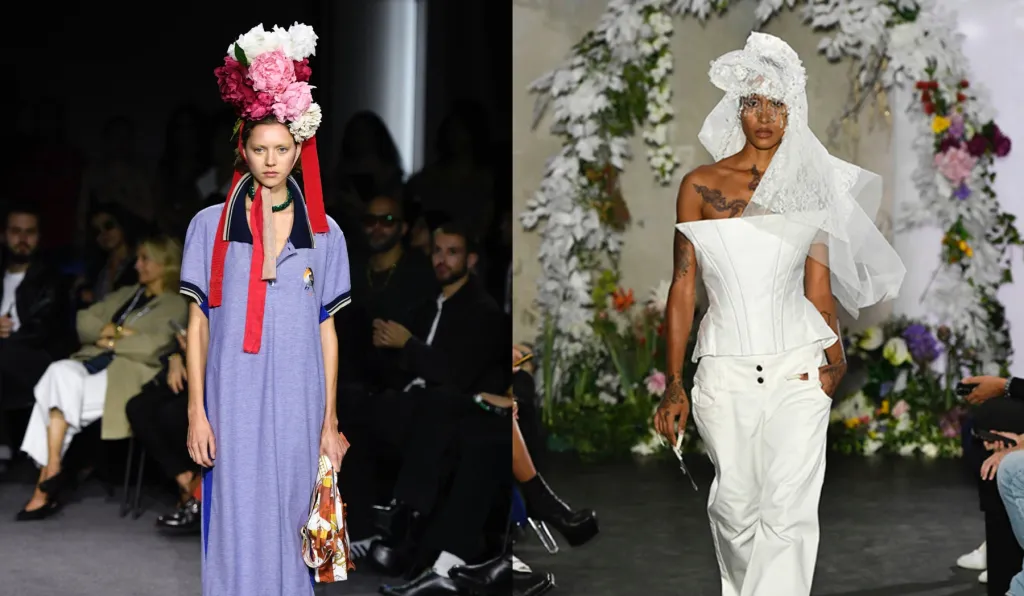
When Anya Taylor-Joy stepped out at this year’s Cannes Film Festival in Jacquemus’ Le Chapeau Bomba, a delightfully oversized raffia hat it was clear that this accessory had become the season’s ultimate statement piece. The fall 2024 runways echoed this sentiment, with Chanel and Prada showcasing hats as the new must-have. Think of Sarah Jessica Parker’s oversized Maryam Keyhani creation, worn on the set of And Just Like That… earlier this year, or Margaret Qualley donning Chanel’s nautical style at Cannes. These hats are for the main characters who command attention, making a bold statement long before you arrive.
Altuzarra’s fall 2024 collection featured boxy headpieces on some models, each designed to evoke a specific character. “It was about finding joy in wearing a complete look, fully embodying a character,” explains designer Joseph Altuzarra. Interestingly, this was the label’s first foray into hats beyond casual knit and woven styles. ‘We didn’t plan to sell them,’ Altuzarra admits, ‘but they ended up being a hit.
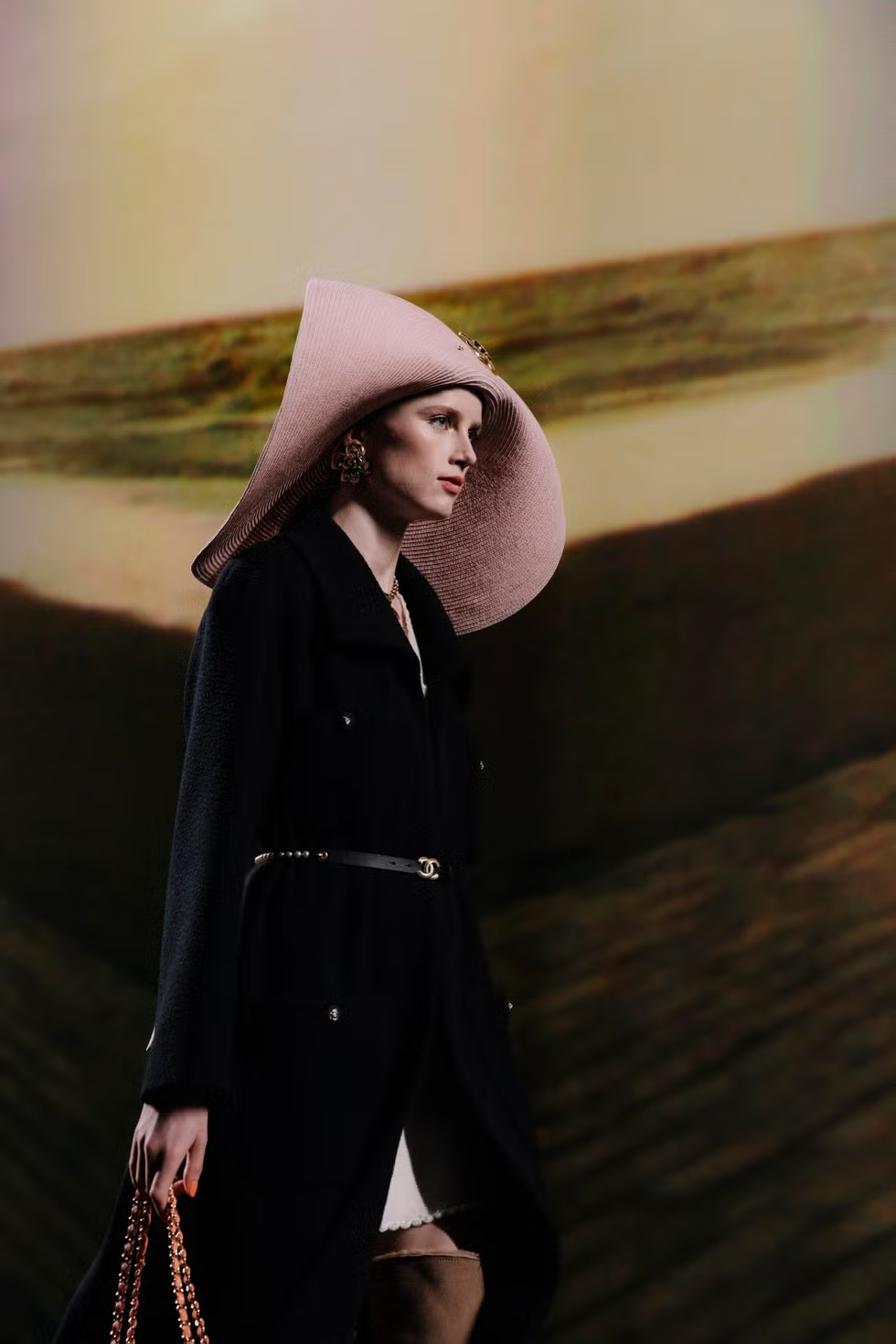
Similarly, milliner Gigi Burris O’Hara has experienced a surge in demand. Although she launched her brand, Gigi Burris, in 2012, she only opened her first store late last year. “During leaner times, when people become more selective with their spending, they seek joy in thoughtful purchases,” she explains.
After years of embracing a more casual style, we’re now gravitating toward all things expressive. Maximalist content creator Sara Camposarcone has been embracing pieces from small brands like Potion23, renowned for its whimsical, witchy hats. “I feel like I can now wear bolder headpieces that complement my extravagant outfits,” Camposarcone shares. “Since discovering vintage fashion, I’ve developed a passion for finding great vintage pillbox hats or a 1920s fascinator.”
Fashion
The Iconic Bags and Their Names
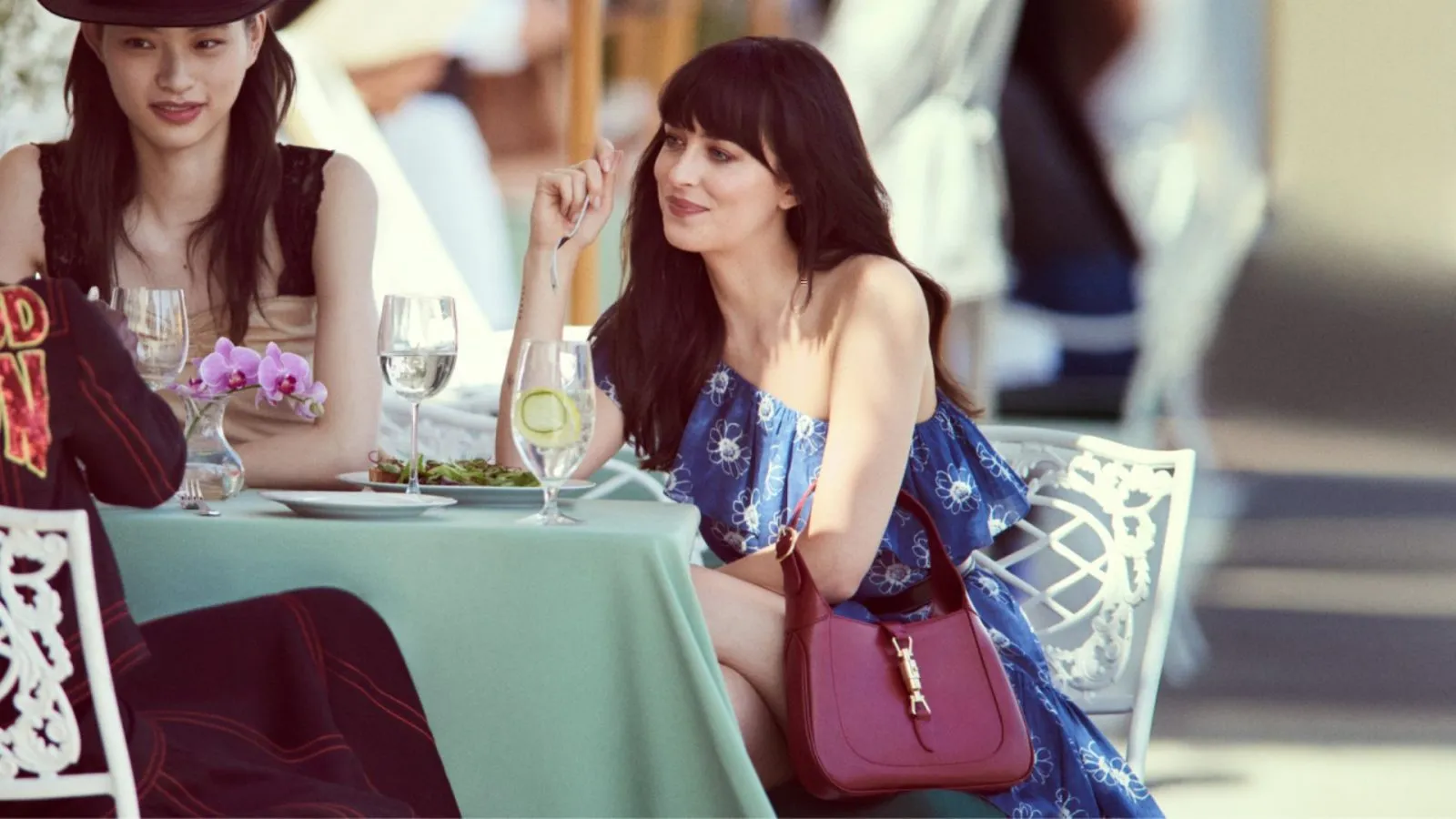
Handbags are more than just functional accessories; they are statements of style and symbols of status. Over the years, several handbags have achieved iconic status, becoming synonymous with luxury and timeless fashion. Here’s a look at some of the most iconic bags and the stories behind their names.
Hermès Birkin

Origin: The Birkin bag was born from a chance encounter between actress and singer Jane Birkin and Hermès CEO Jean-Louis Dumas on a flight in 1981. Birkin mentioned her struggle to find a perfect weekend bag, leading Dumas to design a bag tailored to her needs.
Icon Status: The Birkin is known for its exclusivity, craftsmanship, and high price tag. It has become a symbol of wealth and luxury, often with a waiting list of years.
Chanel 2.55
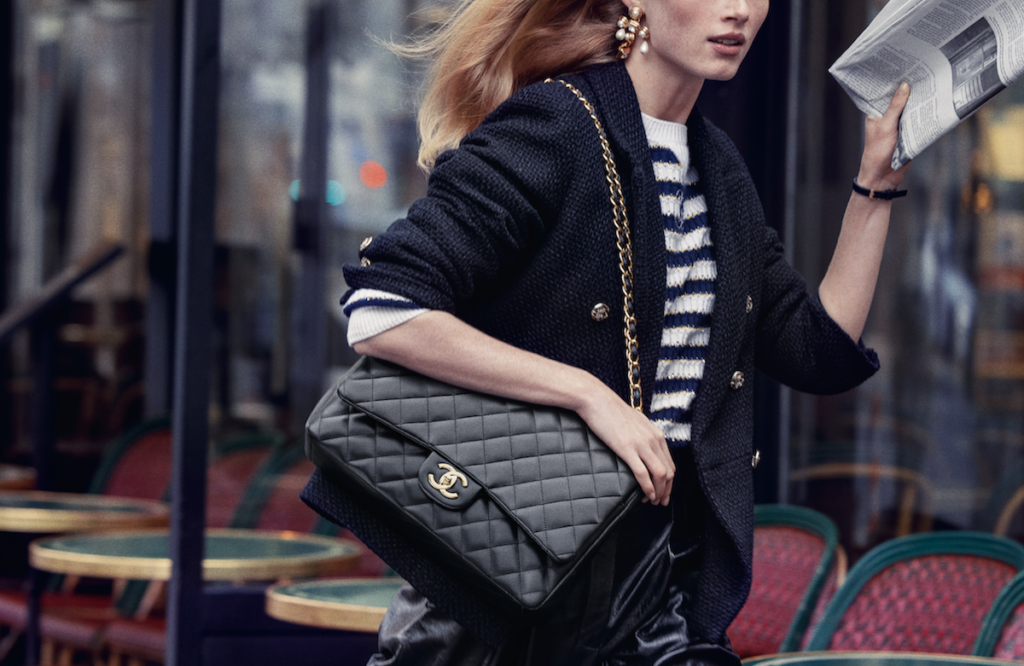
Origin: Created by Coco Chanel in February 1955 (hence the name), the Chanel 2.55 was revolutionary for its time, introducing the concept of a shoulder bag, freeing women from the inconvenience of clutch bags.
Icon Status: With its quilted leather, chain strap, and distinctive CC lock (added in the 1980s by Karl Lagerfeld), the 2.55 remains a timeless piece, beloved by fashionistas worldwide.
Louis Vuitton Speedy
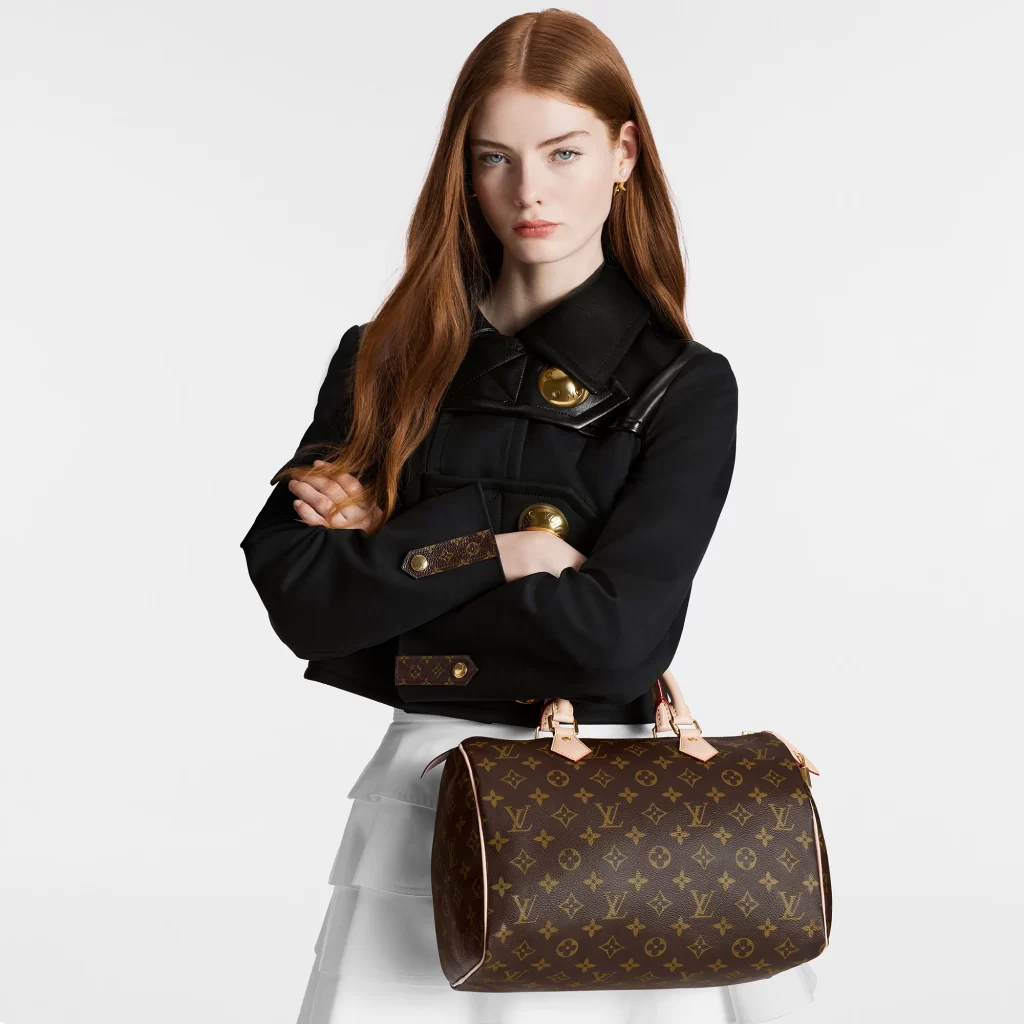
Origin: Introduced in the 1930s, the Speedy was designed as a smaller version of the Louis Vuitton Keepall. It became particularly popular in the 1960s when Audrey Hepburn requested a smaller version, leading to the creation of the Speedy 25.
Icon Status: Known for its classic monogram canvas and practicality, the Speedy is a versatile bag that has remained a staple in the fashion world for decades.
Dior Lady Dior
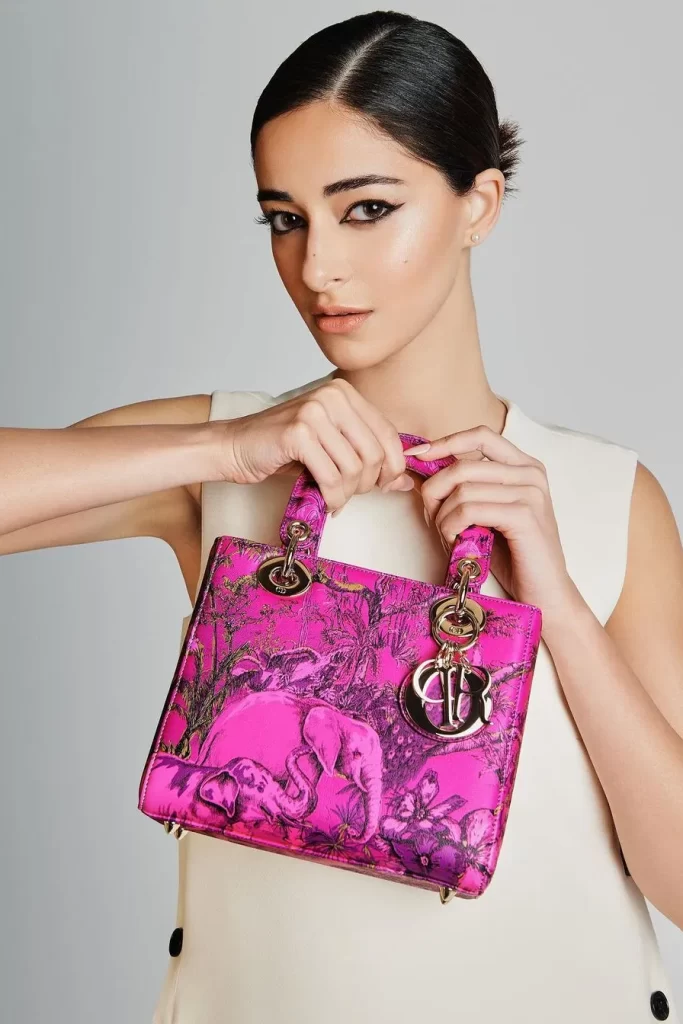
Origin: First presented in 1994, the Lady Dior bag was initially known as “Chouchou.” It gained its iconic status when Princess Diana was photographed with it in 1995, leading to its renaming in her honor.
Icon Status: The bag’s signature cannage stitching and dangling Dior charms make it instantly recognizable. It’s a favorite among celebrities and royalty, symbolizing elegance and sophistication.
Gucci Jackie
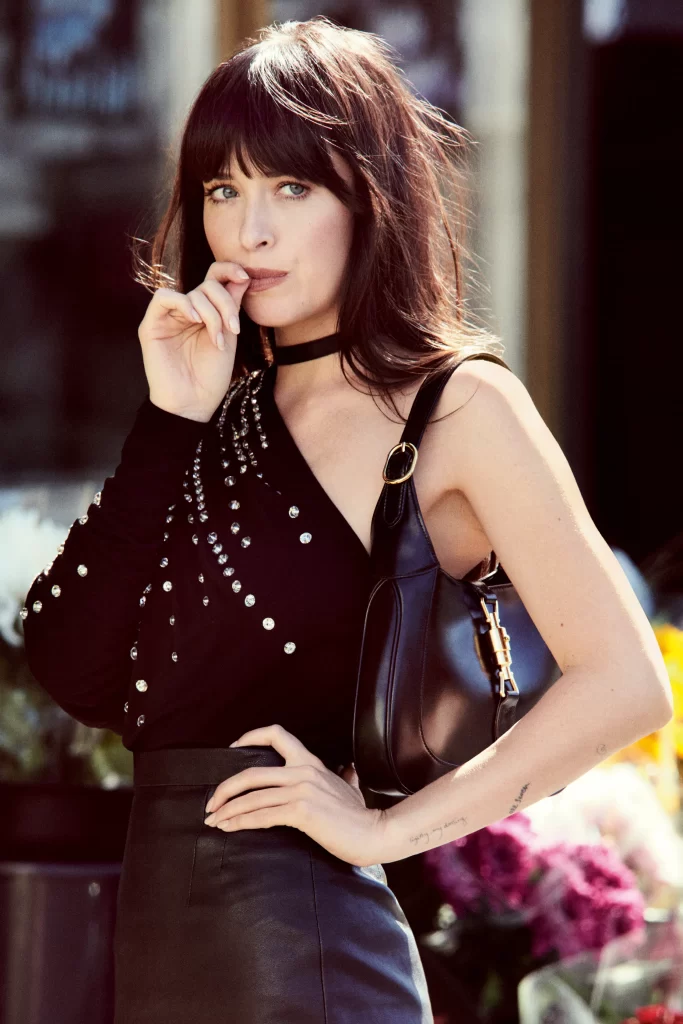
Origin: Originally called the Fifties Constance, this bag was renamed the Jackie after Jackie Kennedy was frequently photographed carrying it in the 1960s.
Icon Status: The Jackie bag’s hobo shape and piston strap closure make it a timeless piece. It has seen numerous revivals and remains a classic in the Gucci lineup.
Prada Galleria
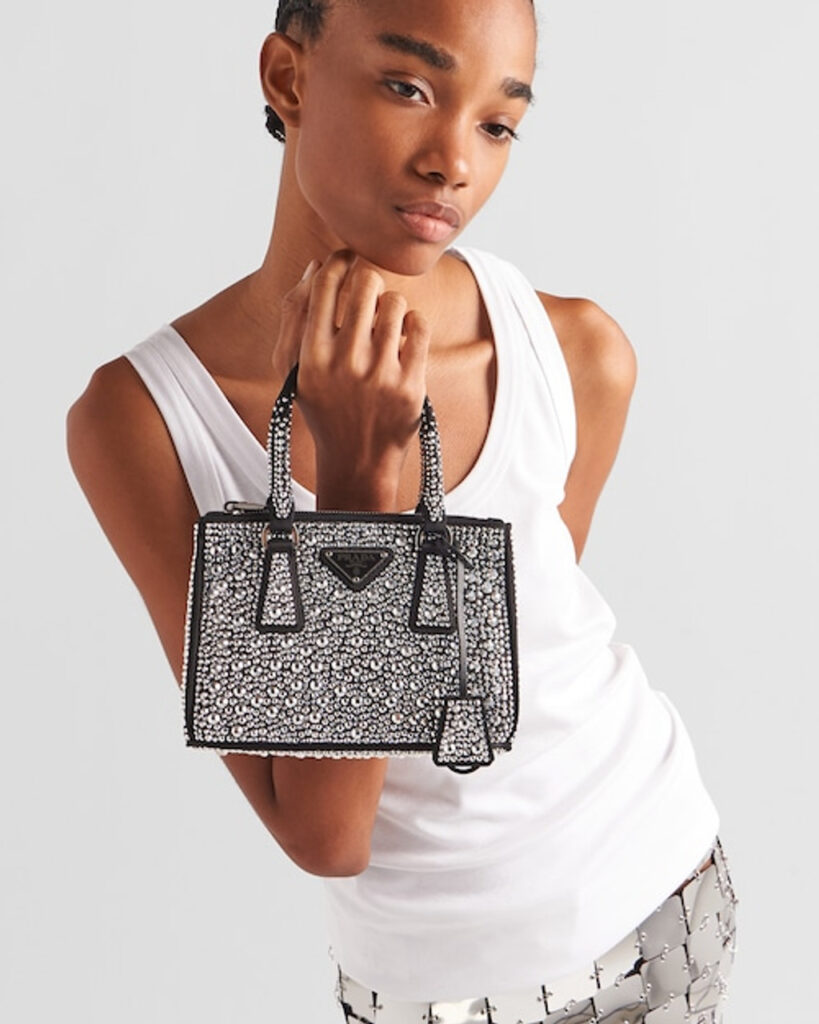
Origin: Named after the historic Prada boutique in Milan’s Galleria Vittorio Emanuele II, the Galleria bag epitomizes the brand’s heritage and craftsmanship.
Icon Status: With its clean lines, structured shape, and Saffiano leather, the Galleria bag is a symbol of modern elegance and understated luxury.
Fendi Baguette
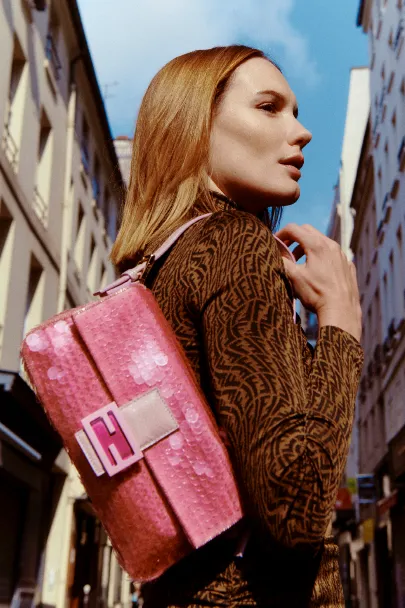
Origin: Designed by Silvia Venturini Fendi in 1997, the Baguette was named for its shape, resembling the French baguette loaf, and designed to be carried under the arm.
Icon Status: Popularized by its appearance on the TV show “Sex and the City,” the Baguette became a must-have accessory, famous for its countless variations in colors and materials.
Balenciaga City
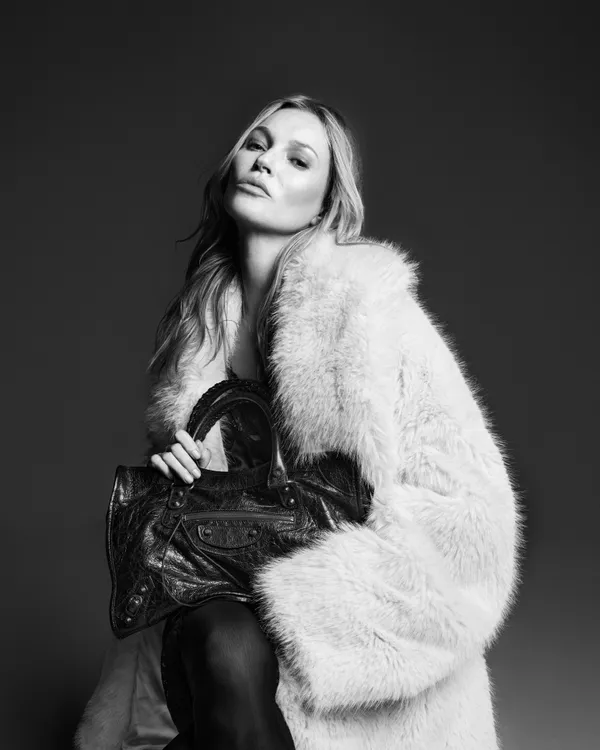
Origin: Introduced in the early 2000s, the Balenciaga City bag, also known as the Motorcycle bag, was designed by Nicolas Ghesquière. Its casual yet chic design quickly gained a cult following.
Icon Status: Known for its slouchy silhouette, distinctive hardware, and tassels, the City bag became an icon of the 2000s and continues to be a beloved piece.
These iconic bags have transcended fashion trends, becoming enduring symbols of style, craftsmanship, and luxury. Each bag tells a unique story, adding to its allure and making it a coveted piece for fashion enthusiasts around the world. Investing in one of these iconic bags is not just about owning a stylish accessory but also a piece of fashion history.
-

 Style11 months ago
Style11 months agoBridal Guide : Best Looks of Radhika Merchant Ambani
-

 Fashion1 year ago
Fashion1 year agoMost Discussed Ajrakh Saree of Alia Bhatt
-

 Entertainment1 year ago
Entertainment1 year agoThe Most Stylish Guests of Bhagya Suresh Reception
-

 Entertainment1 year ago
Entertainment1 year agoBridal Bliss : All Bridal Looks of Swasika Vijay
-

 Movies1 year ago
Movies1 year agoA Nostalgic Journey Through Love &Cinema : Best Bollywood Romantic 90s Movies
-

 AD8 months ago
AD8 months agoPopular Curtain Fabrics to Consider for Your Home
-

 Fashion1 year ago
Fashion1 year agoMajor Denim Trends You Need To Know in 2024
-

 Events9 months ago
Events9 months agoBest of Fashion Looks : Diya Krishna Wedding


